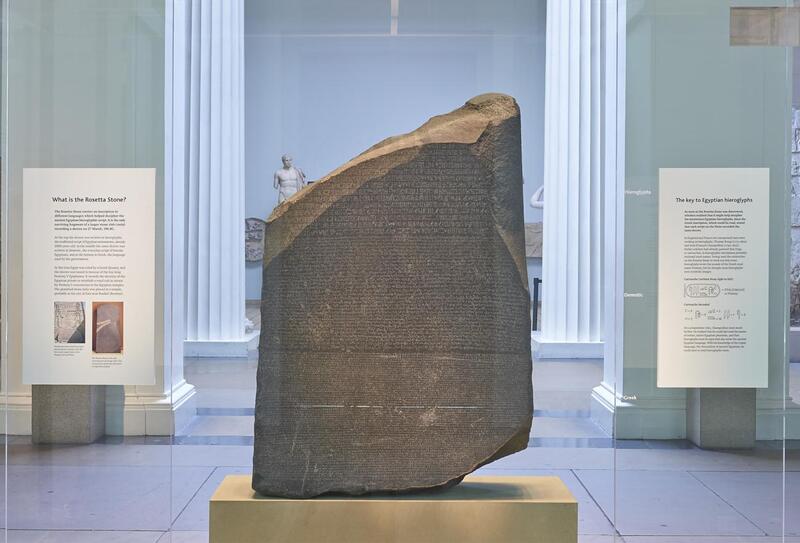Rosetta Stone
Item
-
Title
-
Rosetta Stone
-
In July 1799, a group of soldiers discovered an object that would forever alter our understanding of the ancient world.
The Rosetta Stone, possibly the most famous piece of rock in the world, was that object. This fragment of an ancient stela (an inscribed slab) became the key that unlocked ancient Egypt's mysterious hieroglyphic script.
French soldiers digging foundations for a fort in Rashid (or Rosetta), a port city 65 kilometres east of Alexandria, made the rediscovery. The soldiers were preparing for the land Battle of Abuqir, which would take place on July 25, 1799, between France and the Ottoman Empire. The Stone was quickly recognised as a valuable antiquity relic, and word of the discovery spread quickly.
-
Rights
-
Creative Commons / Media and Images are property of The British Museum
-
Type
-
physical object
-
Date
-
196BC
-
Description
-
Part of a grey and pink granodiorite stela with three blocks of text: Hieroglyphic (14 lines), Demotic (32 lines), and Greek (54 lines) containing a priestly decree concerning Ptolemy V.
-
Format
-
stela
Dimensions
Length: 112.30 centimetres (max)
Thickness: 28.40 centimetres
Width: 75.70 centimetres
-
Contributor
-
Donated by: George III, King of the United Kingdom
-
Identifier
-
Materials
granodiorite
-
Rights Holder
-
The British Museum
-
Subject
-
Fort Saint Julien
-
Temporal Coverage
-
Ptolemaic Period

